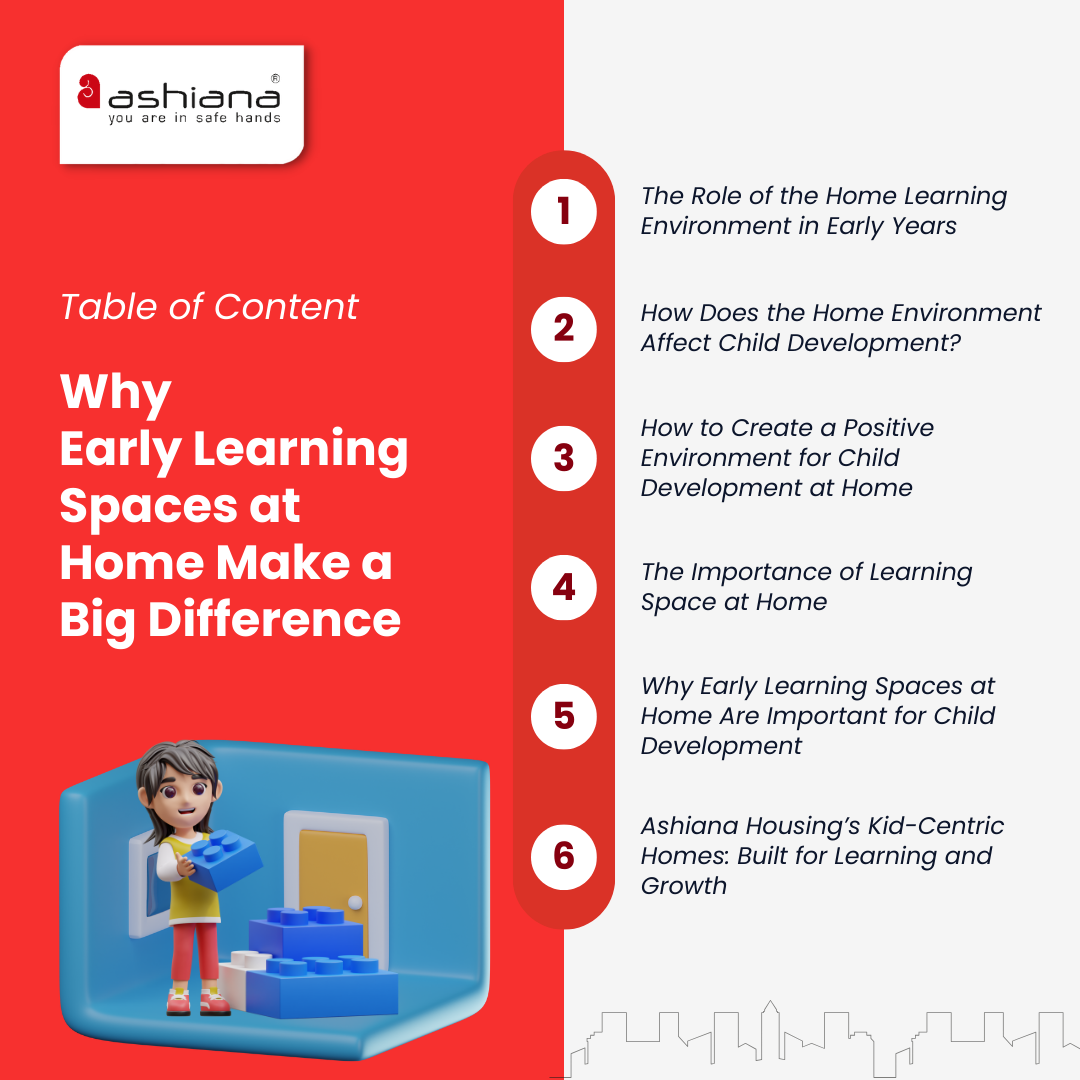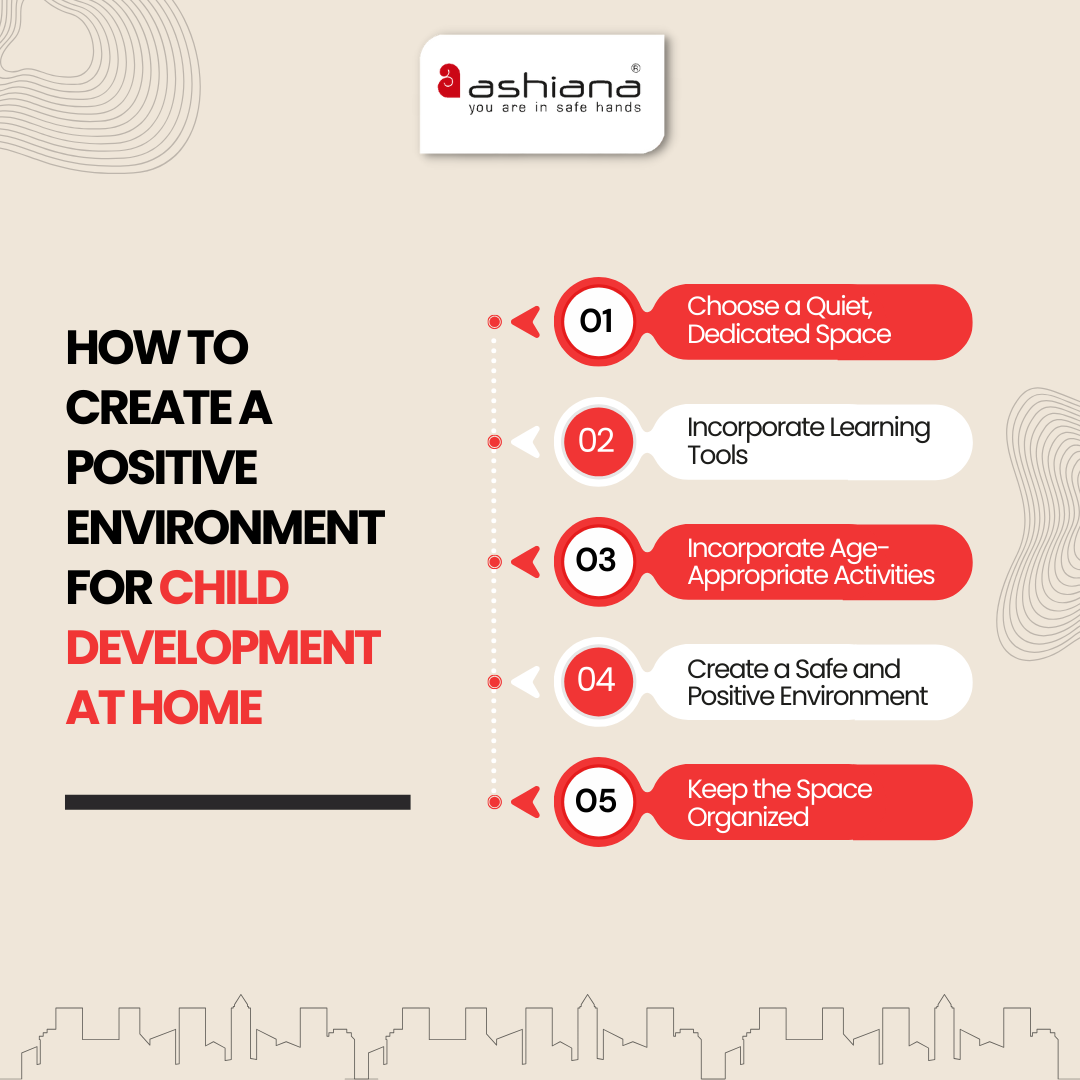


Learning spaces at home matter because they play a crucial role in fostering a child’s cognitive, emotional, and social development. A well-designed learning environment promotes creativity, focus, and independent thinking. It allows children to explore, experiment, and engage in activities that stimulate learning outside the traditional classroom.
Many young children lack play, stimulation, and interaction with their parents and caregivers. An optimal home environment includes safe and well-organized physical conditions, opportunities for children to play, explore, and discover, and age-appropriate objects, toys, and books for holistic development.
Home learning provides students with a variety of advantages, including the chance to learn at a more regulated pace. Home learning also increases the potential of performing better in exam test results and enables kids to learn with fun activities keeping things interesting. It also improves concentration by minimising outside disturbances as much as possible.
Ashiana, Ashiana Housing build homes. Homes surrounded by vast green spaces and fresh breeze. Homes cocooned in secured gated complexes. Homes where futures are forged and there are opportunities to grow. And Homes in environments brimming with healthy activity, trust and respect. At heart, we build communities with care.
Other posts by Ashiana
Join 1000+ of fellow readers. Get expert real estate knowledge straight to your inbox absolutely free. Just enter your email address below.